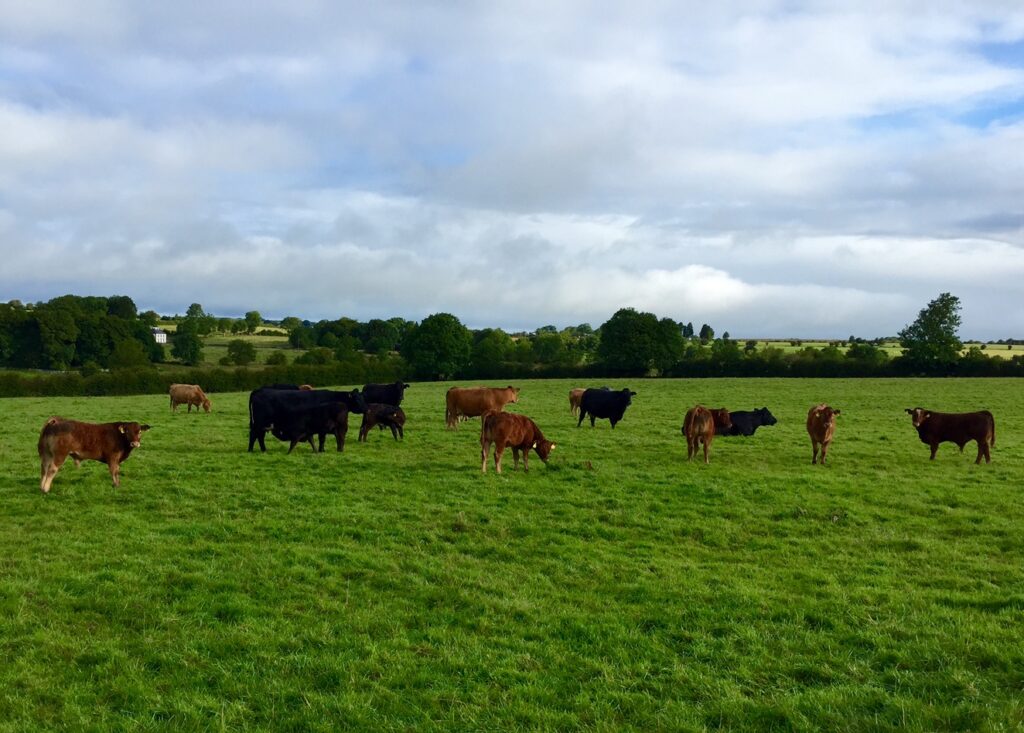By now, early-calving suckler cows will have commenced cycling and the majority of suckler herds will start breeding in the coming weeks.
Ensuring that a cow produces a healthy calf every 365 days is essential when it comes to the profitability of a suckler farm. Cows which turn up empty have a negative effect on the financial performance of the enterprise.
Firstly, in terms of maximising profitability, it is essential to calve heifers at 24 months. However, the prolonged winter has resulted in poor-growth rates on many farms; every effort should be made to get these heifers back on target.
The fodder shortages have also led to cows being in poorer condition for breeding; this could lead to a delay in heat or reduce conception rates. Farmers should ensure that cows have a body condition score of 2.0-2.5 at mating.
In order to give cows every chance, farmers need to keep good-quality grass ahead of them throughout the breeding season.
Close observation during the first month of breeding is essential. Farmers need to keep an eye on cows that have been served and cows which have not.
A high number of repeats may indicate a fertility issue or a stock bull not working. This year – Teagasc says – farmers may have to show some degree of flexibility in terms of the end of breeding season. If not, they may face higher culling rates than normal.
However, keeping the breeding season to a strict nine-to-12 week window will result in: a tighter-calving interval; improved calf health; reduced fodder requirements; increased weaning weights; and better overall body condition on cows.
Fertility testing
On most Irish suckler farms, the stock bull is the primary method of getting cows and heifers in calf. Given this, a stock bull is a vital component of many herds.
Bulls can be fertility tested and most vets can now carry out these procedures. Bull fertility testing is a cost effective, on-farm analysis of a bull’s breeding capability.
This is done by carrying out an inspection of the bull on the farm. In addition, a number of physical and laboratory fertility tests are carried out.
The bull needs to have a strong libido, firm testicles with a high, fertile sperm count. The scrotum area should be free of sores, cuts and bruises. Legs and hooves (especially hind legs) must be firm and sturdy.

